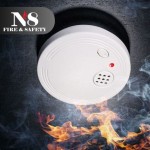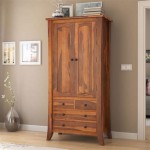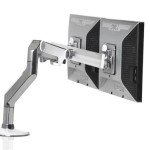Will Fleece Keep You Warm When Wet?
Understanding the essential aspects of fleece's ability to keep you warm when wet is paramount for outdoor enthusiasts and those seeking optimal comfort in damp conditions. This article delves into the crucial factors that impact fleece's performance and provides insights into its effectiveness as an insulating material in wet environments.
Fleece Structure and Composition: Fleece is a synthetic fabric constructed from polyester fibers. These fibers are designed to trap air, creating a layer of insulation that helps retain body heat. However, when fleece becomes wet, its structure can be compromised, affecting its insulating capabilities.
Hydrophobicity: Hydrophobicity refers to a material's ability to repel water. Fleece's fibers are inherently hydrophobic, meaning they do not readily absorb water. This property helps keep the fabric dry and maintains its insulating ability to some extent.
Wicking Properties: Fleece's ability to wick moisture away from the body is crucial in wet conditions. Wicking fabrics draw moisture from the skin and transfer it to the fabric's surface, where it can evaporate. This helps regulate body temperature and prevents a cold, damp feeling.
Insulation Value: The insulation value of a material is measured by its thermal conductivity. Low thermal conductivity indicates a material's ability to prevent heat transfer, keeping you warmer. Fleece has a relatively low thermal conductivity, but its effectiveness decreases when wet due to the reduced air trapping capacity.
Breathability: Breathability refers to a fabric's ability to allow air and moisture to pass through. Fleece is generally breathable, but when wet, its breathability can be reduced, leading to moisture buildup inside the fabric and a feeling of dampness.
Wind Resistance: Wind resistance is an important factor in cold, wet conditions. Fleece's ability to block wind depends on its construction and density. Denser fleece fabrics provide better wind resistance, which helps reduce heat loss due to wind chill.
Conclusion: Understanding the essential aspects of fleece's performance in wet conditions is crucial for informed outdoor gear choices. While fleece offers some warmth when wet, its effectiveness is compromised compared to dry conditions. Consider factors such as hydrophobicity, wicking properties, insulation value, breathability, and wind resistance when selecting fleece garments for wet environments.

Fleece Vs Wool Which Offers The Best Protection From Elements Orvis News

How Does Wool Keep You Warm Even When It S Wet Mapquest Travel

Fleece Vs Wool Down Which Is Better And Pros Cons Where The Road Forks

Hiking Thermoregulation In Cold Rain Sectionhiker Com

How Warm Will Polyester Keep You Core Mountaineering

Guide Fleece Blacks

Your Friendly Guide To Fleece Selfless Clothes
What Happens When Wool Gets Wet And Is The Damage Reversable Quora

Wood Trekker Does Wool Keep You Warm When Wet

Backpackers Guide To Fleece Jackets 2024 Is It Warm And Breathable








